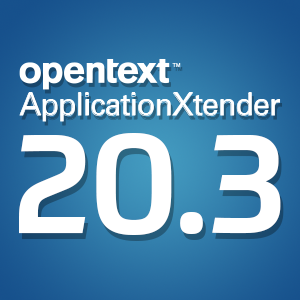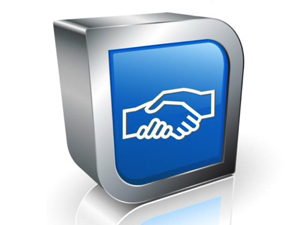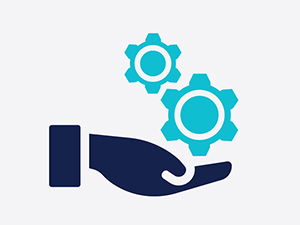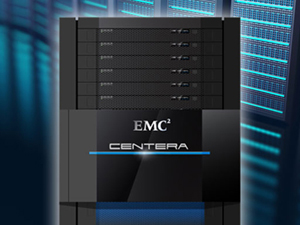Efficiency and government incentives fuel paperless healthcare projects
Friday, May 10, 2013Healthcare organizations have been seeking new strategies and technologies to heighten the efficiency and quality of physicians' work, and electronic document management (EDM) is playing a major role in these initiatives. By utilizing conversion services to capture and store patient information in a digital format, staff is empowered with easier access and analysis of medical information.
According to a recent study by MarketsandMarkets, many of these organizations are capitalizing on these features to digital document systems to enhance patient care, engagement and decision-making while also deepening insight into healthcare population and treatment patterns. The report revealed that the Healthcare IT Market is expected to grow at a compound annual rate of 7 percent from $40.2 billion in 2012 to $56.7 billion by 2017. Research found that North America holds the highest share of this market, mainly due to government incentives and overall for investing in these tools and a rising demand for integrated IT systems that achieve high ROI. The firm reported that President Obama's administration spent $32 billion in 2012 on electronic health records (EHRs), and in 2011, offered up $2.5 billion in rewards to the 176,000 doctors registered for Medicaid EHR Incentive programs.
Vast improvements
One provider that sought to streamline workflow and better manage patient data through EDM is Dr. Sumir Sahgal's practice in Springfield, MO, according to Ozarks First. The news source asserted that while paperless solutions were not as widely embraced previously, the medical field is now rapidly adopting these digital solutions. At Sahgal's office, all patient records are electronic.
"With the paper record it was tedious, difficult to document, difficult to follow up. Here it's present at the click of a button," Dr. Sahgal told Ozarks First.
While Ozarks First noted that the government estimates only 40 percent of doctors have converted to an electronic system, experts are urging more organizations to transition. Brent Stackhouse, a member of NYC Reach, explained to the source that he has witnessed the considerable impact from switching to digital records can have on patients, including improved blood pressure rates and greater control over diabetes treatment.
Ozarks First revealed that Dr. Sang Pak, another local physician, recently deployed document imaging tools to make the transition to digital records several months ago.
"Every time we needed to share data we would have to stop our work and communicate by phone or by fax," Dr. Pak explained to the news source.
With an electronic portal, however, information can be easily shared. As more organizations realize these advantages, the opportunities to make quicker, more informed decisions about patient treatment are endless.
Brought to you by Image One Corporation providing complete information governance since 1994.




